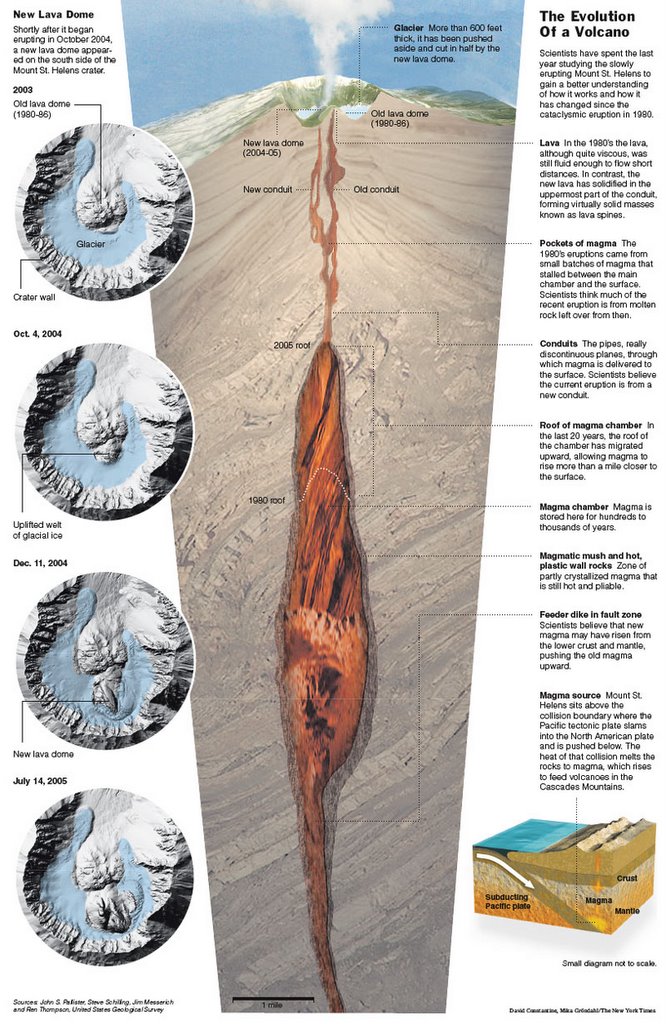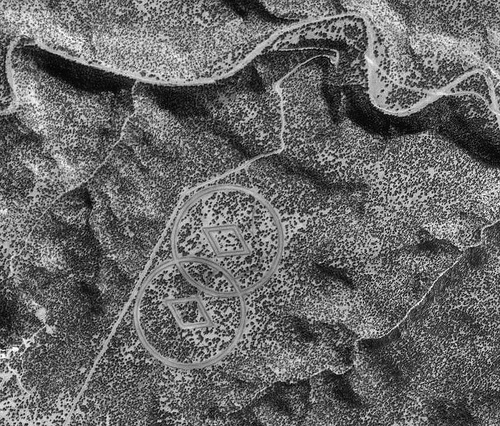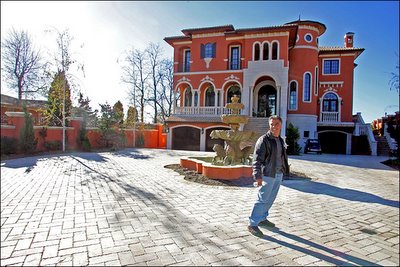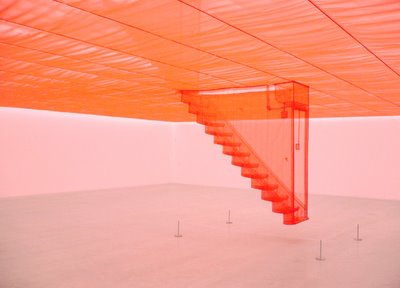“Each second,” the New York Times reports, “about a cubic yard of new mountain—roughly a pickup truck’s worth—is pushed to the surface [of Mount St. Helens], adding to a dome growing inside the crater.” Each second.
 [Image: “Mount St. Helens, its second dome visible, is being shaken constantly by earthquakes.” John S. Pallister/USGS Cascades Volcano Observatory/New York Times].
[Image: “Mount St. Helens, its second dome visible, is being shaken constantly by earthquakes.” John S. Pallister/USGS Cascades Volcano Observatory/New York Times].
The mountain, it seems, as evidenced by a recent and ongoing series of minor earthquakes, is undergoing a slow, quiet eruption. “Beneath the mountain,” we read, “the magma rises through fractures in the rock from a fairly small magma chamber about five miles below. Beneath that chamber is probably another pipe that taps the deeper mantle.”
Those fractures and pipes look something like this:
 [Image: New York Times; this diagram kicks ass at a larger size].
[Image: New York Times; this diagram kicks ass at a larger size].
Further, “As the current eruption empties the conduit, scientists have detected a slight deflation of the flanks of the volcano, though not quite as much as predicted, which suggests that the chamber has partially been refilled by new magma.”
The insane thing here is that one of the scientists profiled in this article knows that the magma chambers are refilling because he has found fresh glass on the mountainside. I can’t help but wonder if, at any phase of the earth’s history, there might have been whole mountain chains made entirely of glass, translucent, marbled, veined with stained metals and colored by minerals, like cathedral windows in mountain form—
 [Image: ArtLex].
[Image: ArtLex].
—that would would have fractalized sunset into angles and shards, the horizon ablaze. Mountains, shining from within.
Whole islands emerge from the Pacific, made of translucent colored glass. You can watch fish through them. Comets reflect in ripples across their smoothly ridged surfaces. A minor earthquake makes the planet ring like a fragile glass bell.
What species could evolve on glass islands? What would they eat? What would riverbeds look like, and could you watch streams from below?
Could you watch treeroots pop slowly, expanding through layers of bedglass? Glass tectonics. The mountains are literally shattering from below.
Or imagine Shelley, arriving by ship at a tropical archipelago made of glass. Thousands of small islands, and he sails between each one. He soon begins a series of epic poems to be published exclusively on BLDGBLOG, inspired by a moonlit tour of ruined glass arches shaped by natural erosion. He carves a cup directly from the mountain and he drinks wine with it. The earth breaks down into transparent soil.
Anyway, the New York Times article also includes this photographic demonstration of the volcanic dome’s growth. I guess I just like volcanoes…

 [Image: KRQE-TV/
[Image: KRQE-TV/ [Image:
[Image: 
 [Image: Replacing the rivers and militarizing the water supply: “Soldiers in Harbin, in northeast China, checked water supplies on Tuesday.” Imaginechina/
[Image: Replacing the rivers and militarizing the water supply: “Soldiers in Harbin, in northeast China, checked water supplies on Tuesday.” Imaginechina/

























